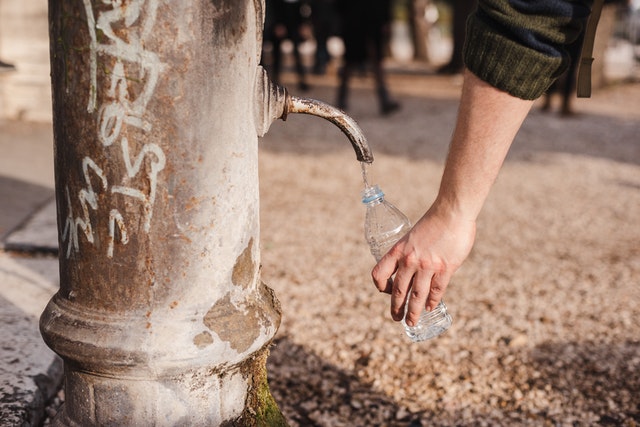It’s often the little eccentricities and societal idiosyncrasies that allude us as we traipse through familiar cityscapes – even walking past drinking fountains brings a sense of normality when in actuality, they are a bit strange in concept and execution. Drinking fountains have been long celebrated in Australia, a predominantly drought-stricken and arid land of sand and peculiar weather patterns.
Most people are likely called back to their schooldays where drinking fountains aka “bubblers” reigned as the hot spot of the playground – on a summer lunch period there was perhaps no greater joy than that of clean cool water ricocheting down the gullet. They’re peppered all throughout cityscapes and gardens around the world with their presence now accepted as commonplace.
Drinking fountains actually have a strange and turbulent history to go along with their normal notoriety in modern life – dating back to the 1800s England, where they were devised after a cholera outbreak relegated the priority of cleaner water to be absolute and on the front of necessity – but more on that later.
This article will go over the history of drinking fountains, their historical significance, and the representation they have in the eyes of the beholders.
Love In The Time Of Cholera

Drinking fountains may be quite commonplace at this point in time, but in earlier generations they were considered something of a fanciful addition to infrastructure and common areas. The units have a historical connection with philanthropy and gift-giving as 50 ‘Fontaine Wallace’ (as they were known at the time) were gifted to the city of Paris as a gesture of goodwill when part-time resident of the city Richard Wallace felt that a boost was in order after the Franco-Prussian war.
Of course, these units were not so much for consumption than a contemporary (for the time) representation of engineering beauty and artwork using the elements themselves as a propellant, though people did utilise them for water consumption and still do in certain areas of Paris where they still reside.
In a case of random events coinciding with an innovative step in the right direction, the hydro-philanthropy of Richard Wallace was repeated as the rise of Cholera was discovered to be dispersed through inferior water systems that were in place for London at the peak of the outbreak.
It was through this revolution of the water supply that gave birth to the notion of drinking fountains as a societal symbol of clean and clear water for all. There are those who claim that it was the company Halsey Taylor & Laws in the early 1900s that created what is now known as the modern drinking fountains – but that is a story for another article.
Symbolic Of Systemic Change
Not too long ago in the superpowers of the world, drinking fountains were considered to be a symbol of communal togetherness and celebration of liquid life being freely available to all citizens and visitors who needed to quench a certain thirst.
The catholic church was quite instrumental in this with their donations being a major portion or the formation of the Metropolitan Drinking Fountains and Cattle Troughs Association in 1859, England. However, the darker shade of symbolism that resides with the units extend to the USA in the 20th century, where class and racial separation was perhaps best demonstrated with the distinct lines for drinking fountains.
Luckily time has matured the culture enough that it has been relegated back to the public personas of their origins – with cities, churches and schoolyards being littered with the wonderfully cool reminders of how lucky we are to have access to such a precious resource, with the push of a lever.
